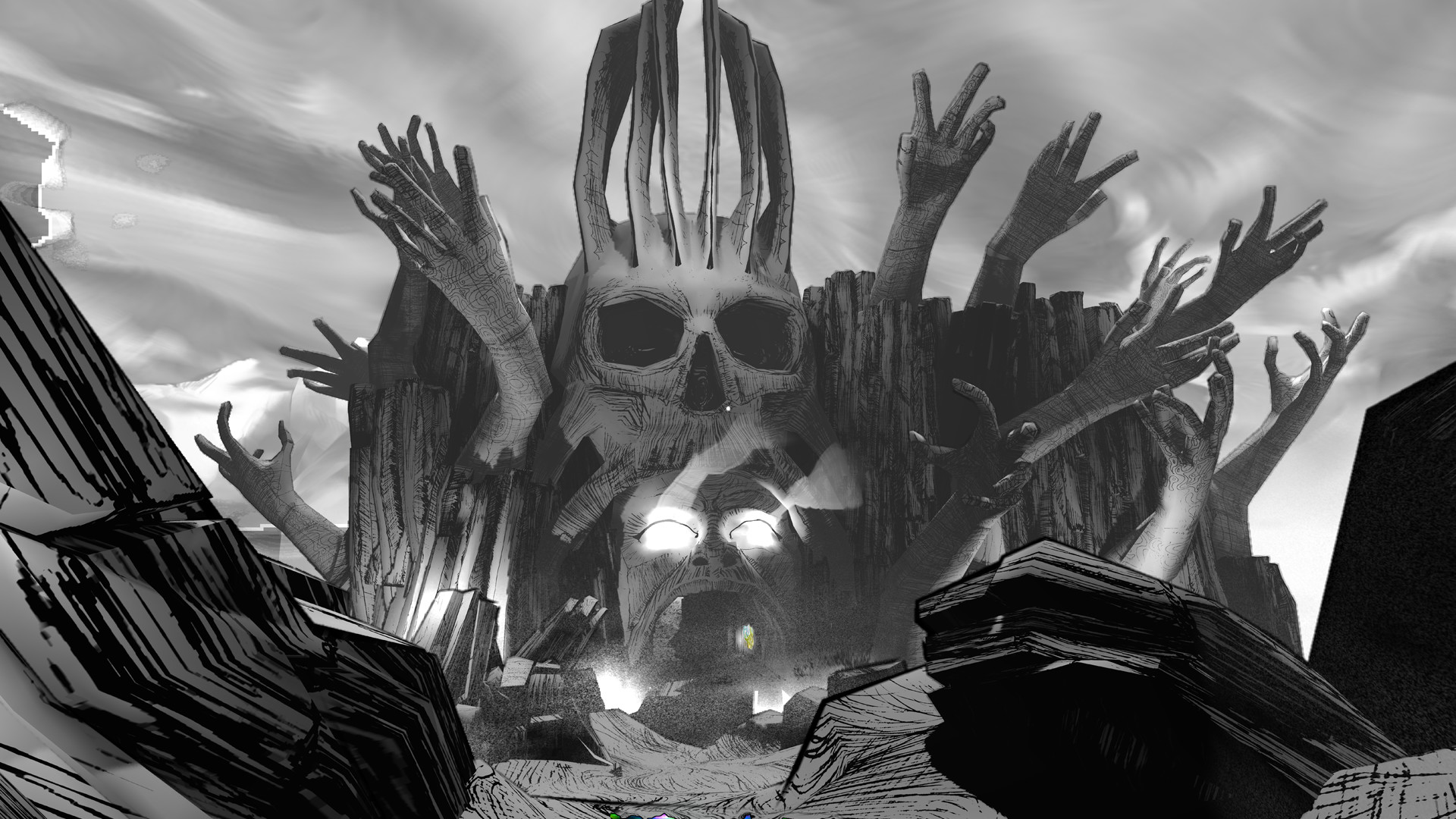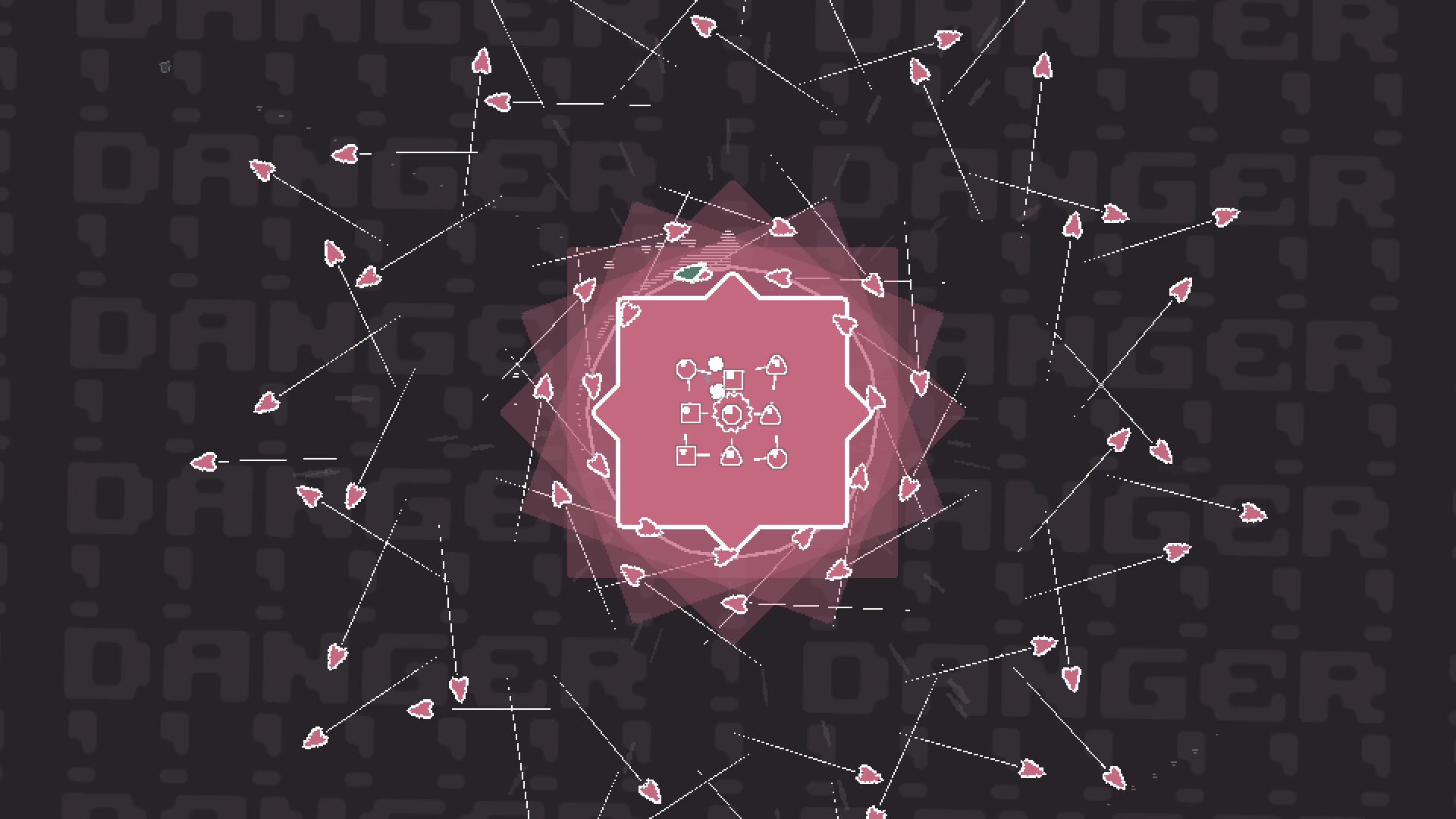
Polygon’s Editor’s Letter is a column from Editor-in-Chief Chris Plante that reflects on the video game and entertainment industries, their communities, and Polygon itself. New editions appear in the first week of each month.
Let’s start with a spoonful of sugar: Making a video game is faster, cheaper, and easier today than it has been at any point in history.
The internet’s tummy has been so generously stuffed with developer-friendly videos, podcasts, Discord channels, freely available academic courses, Github pages, and cheap ebooks that it could enjoy a long hibernation. Video game engine licensors have all but removed the financial barrier to entry, taking their fees on the back end. Skeptical of megacorps? Devs can pick from an expanding roster of indie engines, too — some of them totally free. And when it’s time to publish, Steam and Itch.io will host a game and provide everything required to convert ludological art into cold cash for a nominal cut.
We live in an age of opportunity. Which, ironically, is part of the problem. Change has been exponential and at the worst possible time. Over the past decade, video game developers — increasing exponentially — have flooded the market faster than the industry (from AAA publishers to independent studios) could adapt.
Within that flood, a nightmare economic scenario began to swirl: The COVID-19 pandemic created a temporary spike of interest that attracted misplaced investment from video game outsiders and overspending from video game insiders. Venture capitalists got suckered into imaginary “high-ceiling” opportunities in blockchain, esports, and VR, rather than more established (but presumed “low-ceiling”) studios making traditional, single-player experiences. And then, with all of those bubbles fully inflated, fear of a recession launched U.S. interest rates. Rates rocketed so high they now appear to be stuck in orbit, meaning the average game studio or investor will be deeply hesitant to borrow money to fund a new project.
Voila: the video game industry of 2024. Since January, industry leaders have been murmuring the mantra “Survive to ’25.” But I fear the long-term forecast is Cloudy with a Chance of Fucked.
The AAA death cycle

Consider, if you can muster the sympathy, the AAA video game publisher. Where in the past, a publisher’s individual games would compete against a few dozen releases a year, they now compete against dozens a week. (Plus subscription services, perpetually updated free-to-play games, and the latest patch or expansion to the biggest hits of years past.) These publishers grew large and comfortable from a retail distribution system that cost a great deal but prohibited upstarts from setting up camp on shelves at GameStop and Walmart. With soaring profits, publishers opened studios across the world to build games that became more ambitious and expensive with each console cycle.
But things gradually changed. Valve launched Steam in 2003, creating an alternate route for a limited group of established game publishers to reach fans without the upfront distribution costs. Microsoft launched Xbox Live Arcade a year later, a curated digital distribution service celebrating handpicked, smaller, often independently developed games. By 2017 the dams had broken: All creators had the freedom to publish directly onto platforms like Itch.io and Steam with minimal roadblocks.
Got a game? Don’t mind filling out tax forms? You’re all set!
In 2024, those AAA publishers that once maintained a mob-like grip on distribution and audience attention have been humbled. They share the same real estate as every other game available on Steam, Game Pass, or any other major digital storefront. The new Halo gets crammed into the same promotional rectangle as the latest Vampire Survivors clone, hentai visual novel, or indie darling that promises hundreds of hours of entertainment for the price of a cup of coffee. Imagine if the main distribution model for the film industry was YouTube — the biggest movies swimming in the same algorithmic ocean as college student films, wedding videos, four-hour video essays, one-minute-long goofs, and viral sludge that dares to ask “Is it cake?”
AAA video game publishers have doubled down on what worked in the past to differentiate themselves in this market, making their games bigger and more realistic. As development budgets soar, so do marketing budgets meant to provide some reassurance to these increasingly risky bets. Higher costs mean higher sales goals mean bigger games and bigger marketing to meet those goals, in turn spurring higher costs. Snake meet tail.
Here’s just one outcome from this ludicrous loop of one-upmanship: In May, Final Fantasy 7 Rebirth was the fourth-bestselling game of the year in the U.S. Good news, right? Square Enix leadership called its sales a disappointment, and the company’s stocks fell the most they had in 13 years. Simply put, a AAA game can no longer be a bestselling game; it has to be the bestselling game. That’s not sustainable.
I understand that among many in the gaming community, there’s not any love lost for publishers struggling to stay afloat in this new, more theoretically democratic era in which everyone has access to distribution. But remember that a publisher isn’t just a bunch of wealthy execs; most of those impacted by this paradigm shift are game makers.
In 2023, video game studios laid off more than 10,000 people. In 2024, the video game industry hit that grim milestone in less than six months.
Go indie? Not so simple

If you’re an optimist (or an anarchist), this turmoil might sound like short-term pain that could lead to long-term gain. The old structures that consolidated capital are crumbling, and with the resulting stones, independent creators will build a better and more equitable future. But that will only be true if independent creators can pull together the funds to lay a foundation.
For years, indie game studios have benefited from readily available investment and upfront payments. New services like Epic Games Store, Xbox Game Pass, and Apple Arcade competed for exclusives; venture capitalists were eager to throw money at anybody willing to say they love NFTs; and interest rates were low.
Today, all that oil has been sucked from the earth. As my former colleague Megan Farokhmanesh wrote at Wired, indie video game studios are also struggling to survive the current economic landscape. The same core problem that AAA publishers face — how do you get someone to give a shit about your game when they have countless other options? — remains the same. And unlike publishers, most indie developers don’t have millions of dollars in savings to fund an umbrella to weather this economic shitstorm.
So we have a AAA industry in distress with no reasonable plan forward, shedding thousands of game makers each year. And we have an indie game investment ecosystem that’s no longer prepared to provide an alternative.
I can’t shake this quote from Farokhmanesh’s piece:
‘Survive till ’25’ assumes that we are encountering a long winter rather than having burned our own crops for three years previous. Unless we start planting differently, unless we start changing the way we work and think about making games, then we’re going to continue to see the highest highs and the lowest lows that games has ever seen. And it might, in fact, just get worse.“
Xalavier Nelson, studio head of El Paso, Elsewhere developer Strange Scaffold
So what does it mean to plan differently? I believe this problem is bigger than any one studio, let alone any one person. The industry surviving beyond ’25 will require experimentation with many different approaches from creators small and big to find a replicable path forward.
Two steps toward a sustainable game industry

I have a pair of ideas to contribute to the conversation.
For indie studios, I’m thrilled to see funds that help indie studios get through this moment, particularly Outersloth, a fund from Among Us developer Innersloth that’s taking a “recoup and share” approach — which is to say it seeks to recoup its investment and the share revenue. Of course, that assumes the games make back their investment — a feat a majority of video games fail to accomplish.
To that point, just as important as money is expertise. As investment becomes harder to come by, it’s more important than ever that indie game studio heads learn the intricacies of operating a business. The industry needs better mentorship and training programs. And universities with expensive game development degrees must make business a mandatory part of the curriculum. We can’t keep telling artists all they need is a great idea; it’s simply not true.
And for AAA publishers, break the cycle of scale! If the goal of every publisher is to have the No. 1 game in the market, I have some terrible mathematical news. There are a ton of studios and only one No. 1 game. I can’t help but see the Marvel Cinematic Universe formula within the current AAA game development model, with executives addicted to past success, recreating facsimiles of facsimiles of exhausted franchises that are begging to be shipped to a farm upstate. AAA publishers must accept that the old dominance won’t return. They now must operate as part of the crowded ecosystem, rather than as an exception to it. That means making more and smaller games, diversifying portfolios, launching fresh IP, and pursuing underserved audiences.
Things are bad. Things could get worse. The boat is sinking and it’s caught on fire. Now somebody grab a goddamn bucket, somebody grab the extinguisher, and for all that’s good in the world, somebody start thinking differently about where to sail this thing. Because if the industry doesn’t find smooth waters soon, this boat’s going under.
